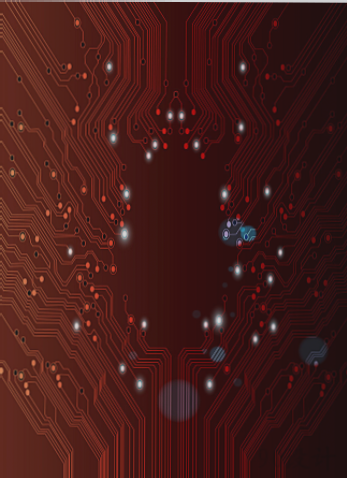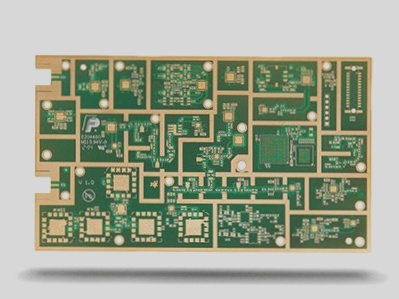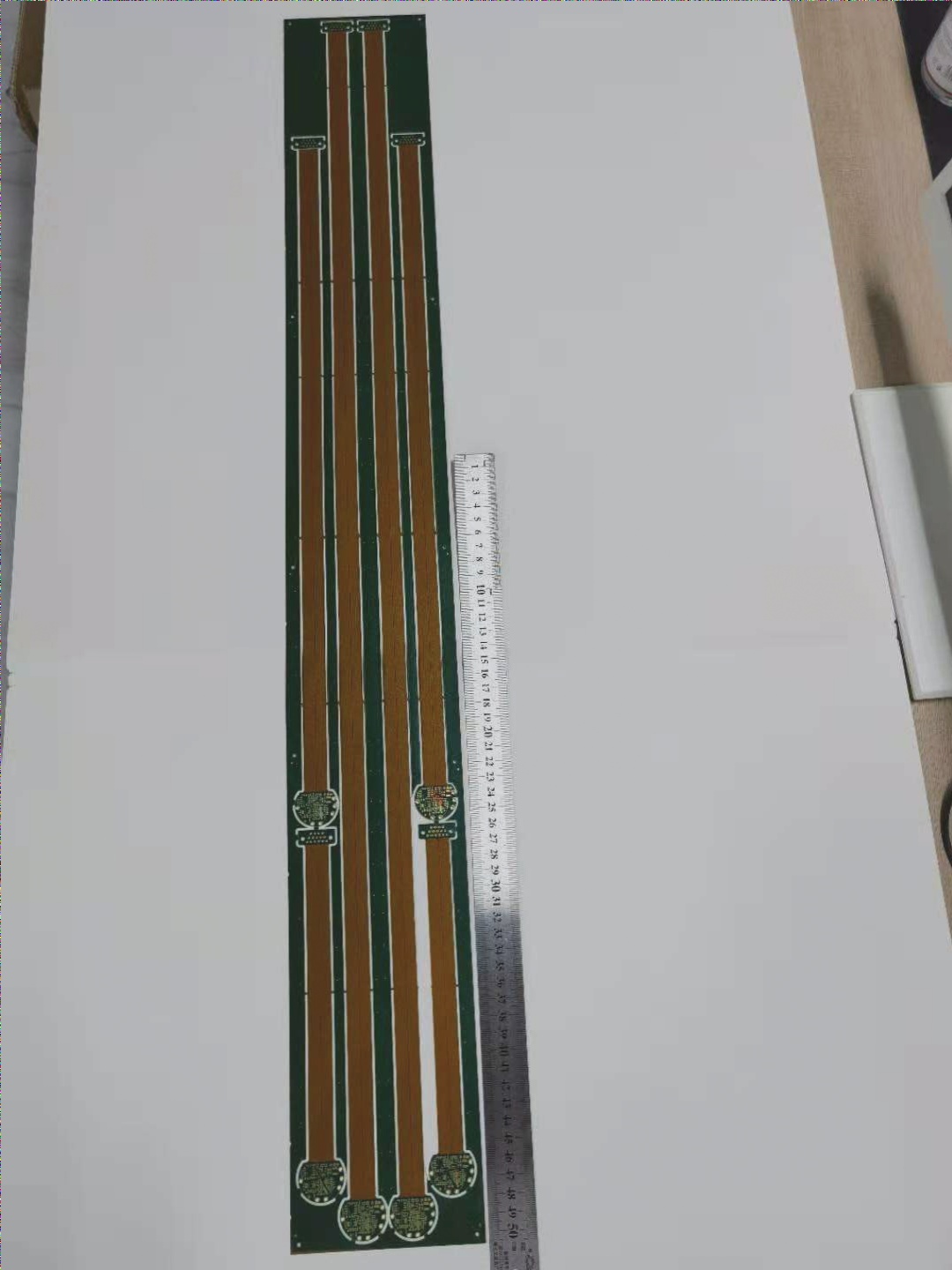Technological Advancements in PCB Components
With market demands driving the rapid evolution, production, and eventual obsolescence of electronic modules, predicting the future technological processes of electronic assemblies can often feel futile.
A few years back, TAB (Tape Automated Bonding) packaged components and their related mounting and soldering technologies appeared to be at the forefront of industry standards.
Mounting Flip Chips Technology
Today, the mounting technology for flip chips and BGAs (Ball Grid Array) has significantly solidified its position in the market, emerging as a standard practice.
Additionally, the presence of “non-standard components” occasionally complicates the lives of technologists, requiring meticulous attention to detail.
While staying abreast of technological advancements is challenging, the consequences of errors are substantial.
Manufacturing companies must avoid investing in technologies that may lead to dead-ends and must remain vigilant of both internal developments and competitor activities.
Benefits of Specific PCB Components
Assessing the advantages of new technological components during their inception is crucial. Positive evaluations lead to the integration of these technologies into production.
Simultaneously, infrastructure development aligns with standard assembly processes for SMC (Surface-Mounted Components), IMC (Output Components), and non-standard components.
Global Electronic Assembly Standards
Clarifying terminology, let’s define the component groups:
- Surface Mounted Components (SMC or SMD) encompass various passive chip components and ICs in different packages, including emerging technologies like TAB and flip-chip.
- Output Components (IMC or THT) consist of traditional passive components with axial leads and integrated circuits in packages like DIP and SIP.
Non-Standard Components (OFC)
Recently introduced non-standard components, not fitting into the IMC category, include connectors, sockets, transformers, and more.
Technologists face the creative challenge of categorizing components based on assembly processes, with this group constantly evolving.
Understanding the effectiveness of infrastructure using these component groups is vital for predicting the future of electronic assembly and analyzing market trends.
The Future of Electronic Module Assembly
- Advancements in electronic modules are moving towards smaller, faster, and lighter designs with increased functionality.
- Shorter product lifecycles make complete optimization of components and PCB design challenging.
- Integration of components and operating frequencies are on the rise.
- Assembly production is shifting from OEMs to specialized firms focusing on assembly processes.
In the global perspective, firms are considering sales systems and production mobility.
The Evolution of Surface Mounted Components (SMC)
Surface-mounted component assembly processes are becoming more demanding to align with electronics industry trends. The design of the element base plays a crucial role in meeting these requirements.
Growth of Passive Components
The consumption of passive components continues to grow rapidly, with a projected consumption of one trillion chip components in the near future. Automotive electronics, communications, and computer technology are the leading sectors in component consumption.
While chip sizes are decreasing, the trend may shift due to increased use of passive layers and silicon integration.
Technologies for handling passive components during PCB assembly are evolving, such as the use of special cassettes to supply chip components, reducing costs and production waste.
Integrated Circuits in QFP Packages
The global consumption of microchips in QFP plastic packages has been steadily increasing, with a focus on maintaining high reproducibility factors. Japan and the USA lead in production expertise and equipment for working with chips with small pin pitches.
Future Challenges in QFP Package Production
- Limiting the integrated circuit perimeter poses challenges against increasing functionality, leading to a choice between larger packages or smaller pin pitches.
Advancements in PCB Technology
- The use of solder pastes applied by screen printing to QFP pads continues to be a significant process affecting assembly system reproducibility. Automatic optical inspection systems are now essential in even basic screen printing machines to monitor solder paste application.
- Special emphasis is placed on the careful handling of components during terminal formation, testing, and transportation to assembly plants.
TAB (Tape Automated Bonding) Components
In TAB technology, silicon crystals are affixed to a polymer tape that forms the chip leads’ internal connections. The attachment of chip pins to the second-level assembly (bare PCB or other substrate) is accomplished using the polymer tape’s outer pins.
Contact soldering, hot gas soldering, or laser microwelding are common methods for connecting the outer leads of TAB components to the substrate. TAB technology is mainly mastered by a select group of leading technology firms globally.
TAB technology sees periodic adoption in global electronic assembly, with notable applications in the US, such as the Pentium processor for laptops and liquid crystal drivers on glass. However, it is expected to be replaced by technologies like BGA or flip chip in the microprocessor industry.
BGA (Ball Grid Array) Components
The BGA infrastructure has rapidly evolved in recent years, offering various types like plastic, ceramic, metal, and tape BGAs. Micro-mBGAs are gaining popularity for their compact size and layout. BGAs are preferred for applications with over 256 IC I/O channels due to their competitive pricing.
BGA soldering is a stable process, but repair and visual inspection of BGA pins pose challenges compared to other IC packages. North America shows more interest in BGAs than Japan and Asia, with a significant increase in production since 1996, driven by the demand for complex components with numerous I/O channels.
Industry Evolution
The rapid pace of advancement in the global electronics industry highlights the need for organizations to navigate these changes. Leading firms are forming consortia to drive technology development, with research centers like Universal Instruments Corporation’s Surface Mount Laboratory leading the way in popular technologies like BGA assembly, DCA, and AART.
For further information, please reach out to wellcircuits. We are here to assist you in your PCB technology needs.



